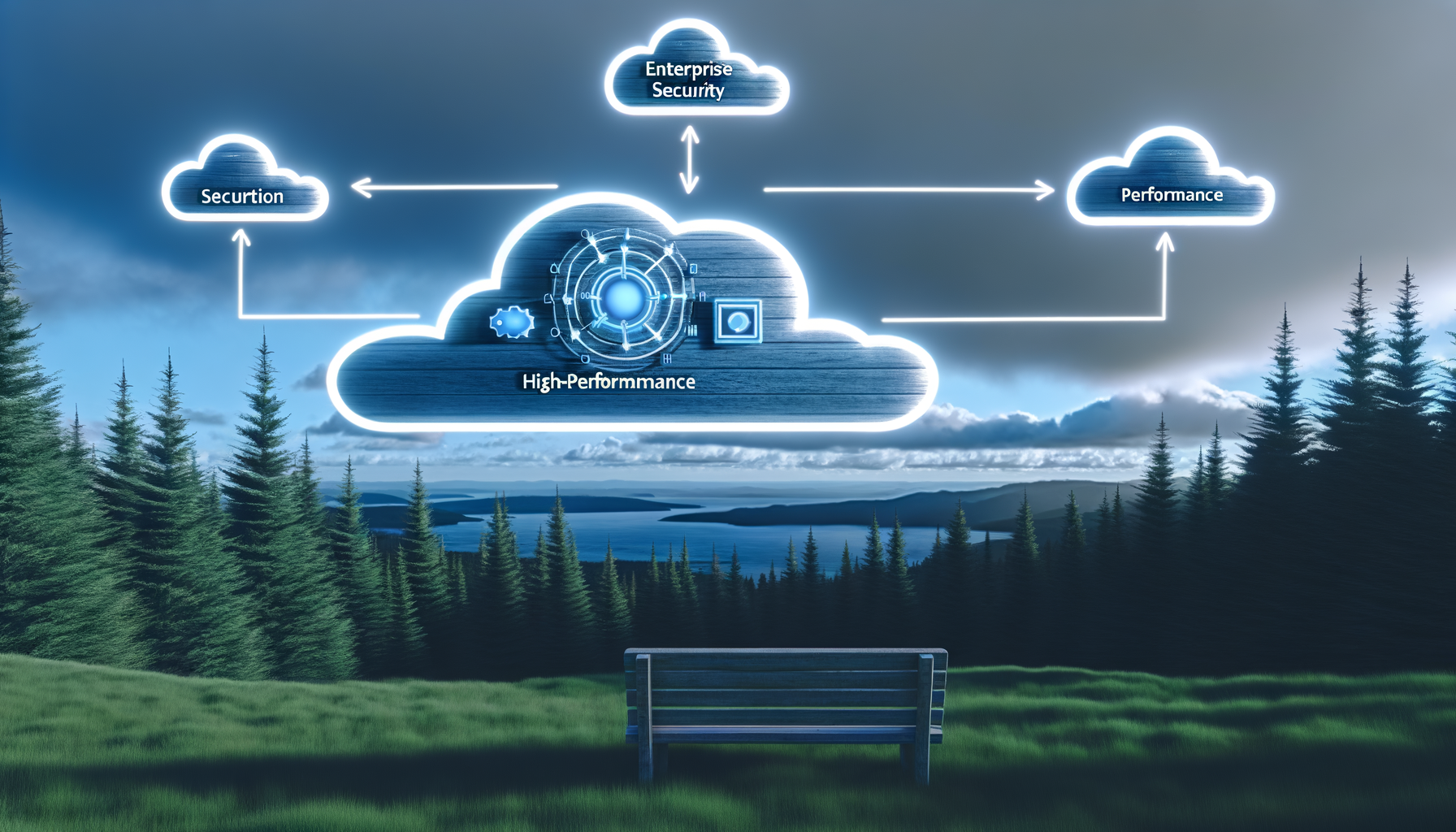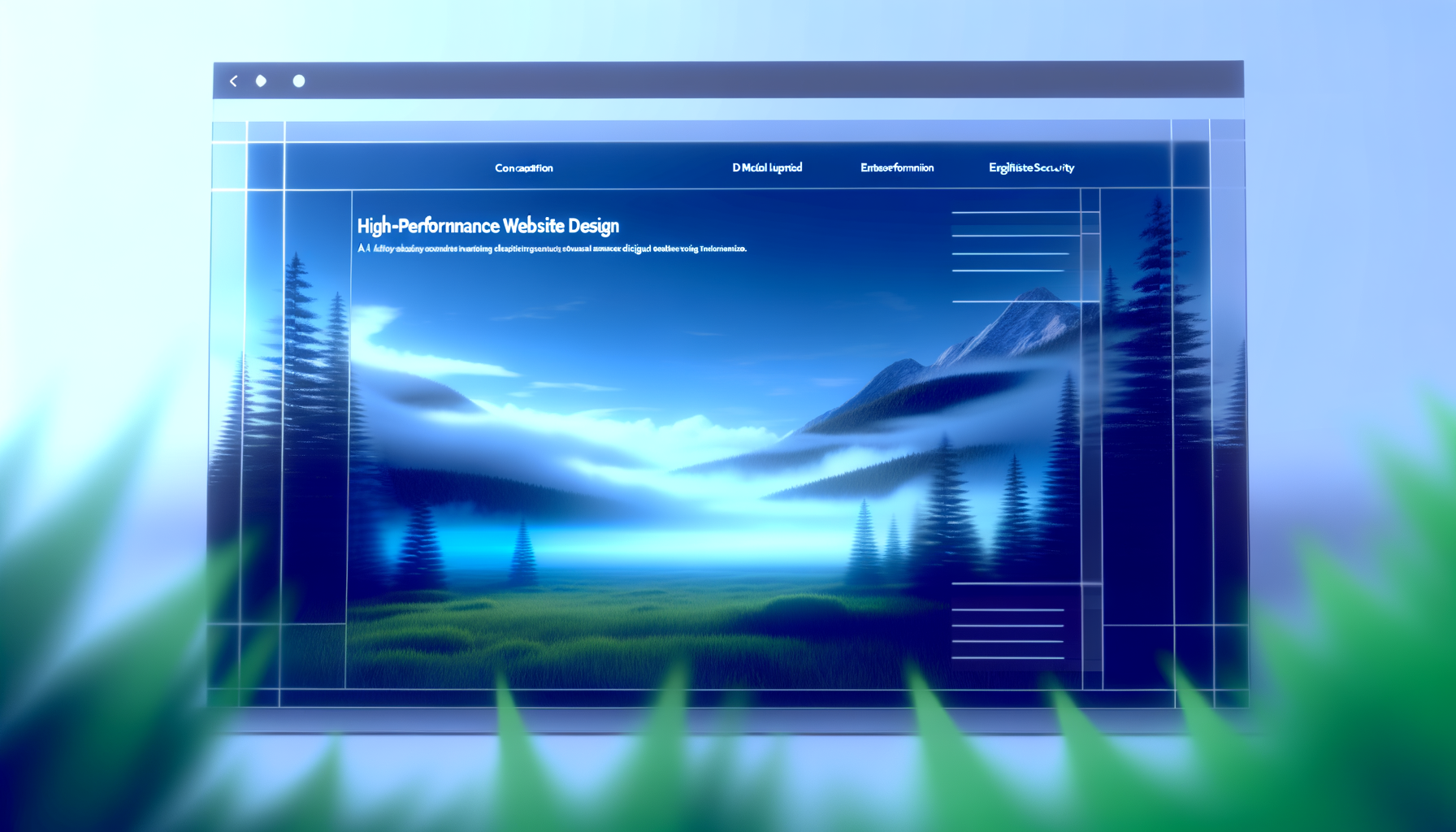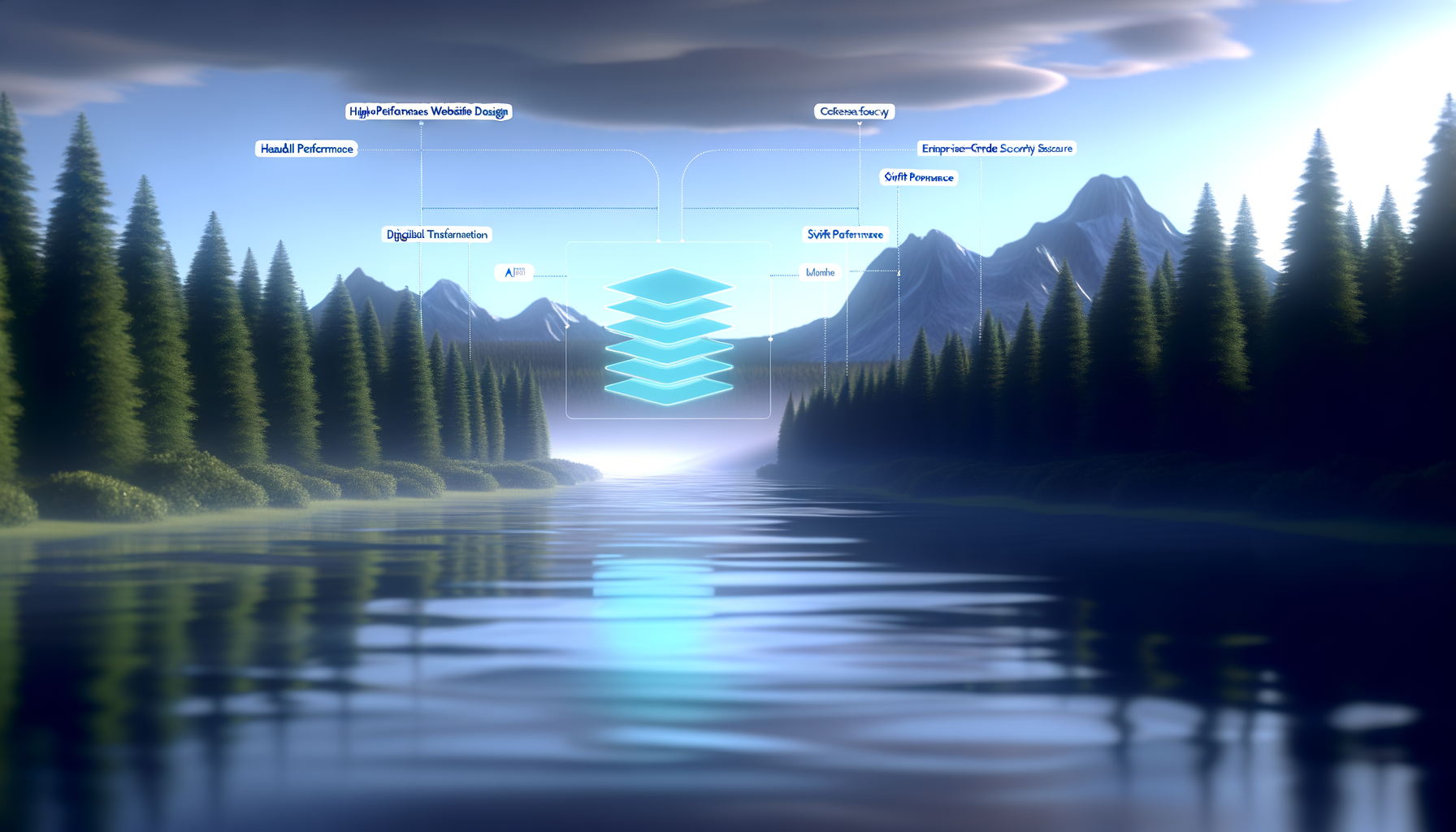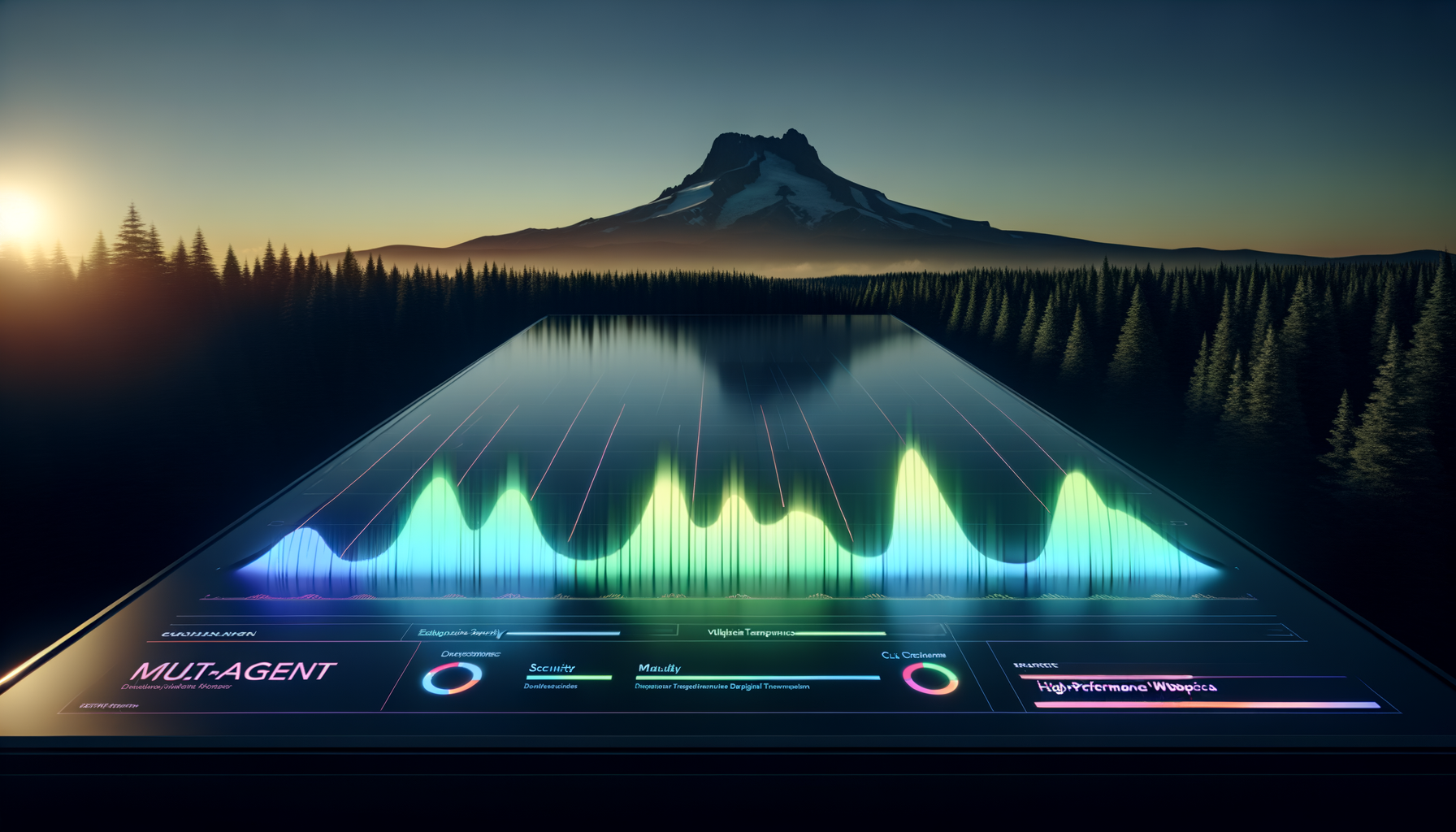In the race for digital dominance, a website that's sleek, fast, and intelligent is no longer optional—it's your competitive edge. With 53% of mobile users abandoning sites that take over three seconds to load (Google, 2023), the stakes couldn't be higher. This post dives into five future-proof strategies for high-performance website design, ensuring your site not only meets but exceeds user expectations.
Speed as a Differentiator
Why Every Millisecond Counts

Code-review team optimizing page load times.
In today's digital landscape, speed isn't just a feature—it's a necessity. Websites with sub-second load times not only improve user satisfaction but also enhance SEO rankings. Amazon reported a 1% revenue increase for every 100ms improvement (2023).
Employing browser caching, image optimization, and asynchronous loading are just a few techniques to achieve these speeds.
For example, a recent Quicklook project in Portland reduced load times by 40% through advanced compression algorithms.
LIST
- •Enable browser caching
- •Optimize images
- •Use asynchronous loading
Embracing AI for Personalization
Crafting Unique User Journeys

Diagram of AI-driven personalization workflow.
AI-powered personalization is transforming how users interact with websites. By analyzing user behavior, AI can dynamically adjust content to enhance engagement.
Consider integrating AI chatbots and recommendation engines to tailor user experiences.
Quicklook's AI-driven solutions have helped Seattle-based companies boost conversion rates by 20%.
CALLOUT
AI enhances user experience by delivering personalized content in real-time.
Integrating Immersive 3D Elements
Captivating Visual Storytelling

3D model integration in a web design layout.
3D elements are no longer confined to gaming—they're a powerful tool in web design. They captivate users, making websites memorable and interactive.
However, balance is key. Overloading a site can lead to performance issues.
Quicklook's use of lightweight 3D models ensures engagement without sacrificing speed.
QUOTE
"3D elements transform flat pages into dynamic experiences."
Optimizing for SEO and Beyond
Beyond the Basics

Trending analytics graph showcasing SEO improvements.
SEO isn't just about keywords. It's about structuring content to meet user intent and leveraging technical SEO to ensure search engines can easily crawl and index your site.
Semantic HTML, schema markup, and mobile optimization are crucial for modern SEO.
Quicklook's SEO strategies have improved search visibility for numerous Chicago businesses, leading to a 30% increase in organic traffic.
LIST
- •Use semantic HTML
- •Implement schema markup
- •Optimize for mobile
Future-Proofing with Headless CMS
Flexibility Meets Performance

Diagram illustrating headless CMS architecture.
Headless CMS architecture decouples the backend from the frontend, providing unmatched flexibility. It enables faster updates and seamless integration with various platforms.
This approach supports modern frameworks like Jamstack, enhancing performance and security.
Quicklook's implementation of headless CMS in San Francisco-based projects has resulted in 50% faster deployment cycles.
CALLOUT
Headless CMS offers unmatched flexibility and scalability.
Frequently Asked Questions
QWhat are the top web design trends for 2025?
QHow can AI enhance website personalization?
QWhat are the benefits of integrating 3D elements into web design?
Conclusion
High-performance website design is essential for staying competitive. By focusing on speed, personalization, and modern architecture, your site can thrive in the digital realm.
Future Vision
As technology evolves, so should your website. Stay ahead with these strategies.
Schedule your AI audit with Quicklook.
